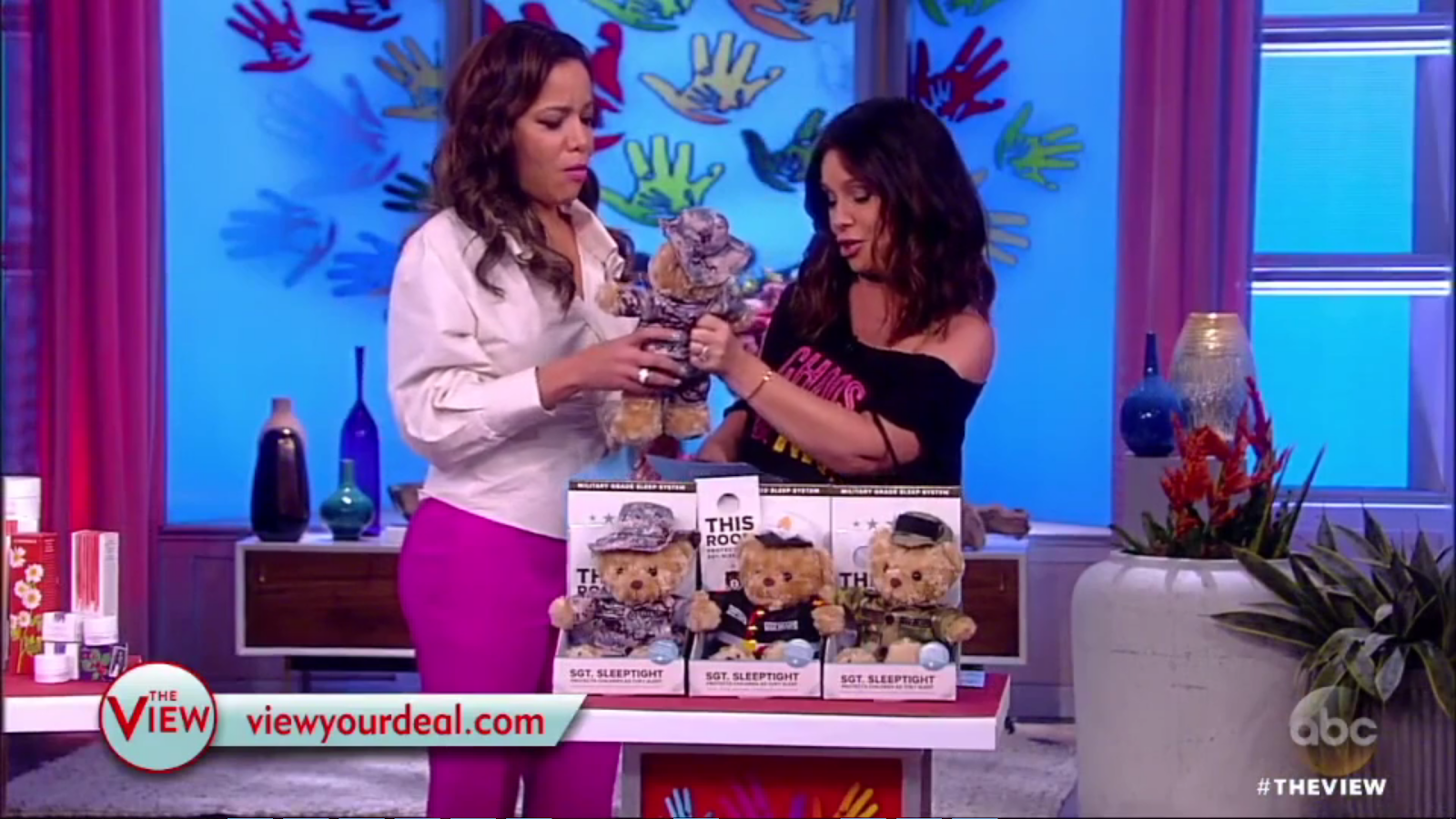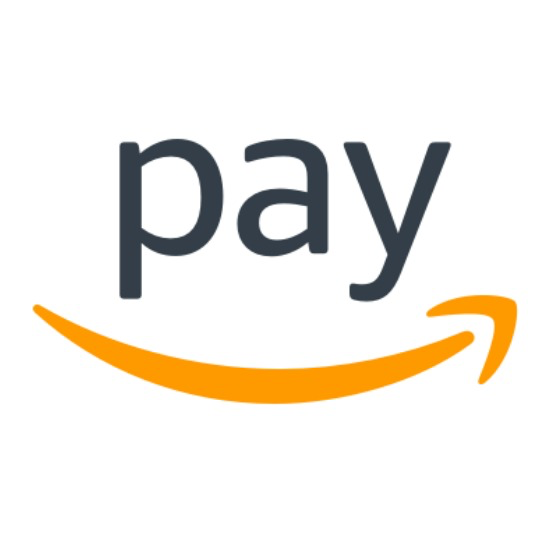How I Built A Teddy Bear Business Helping Military Kids Sleep At Night
Hello! My name is Justin Baum and I’m the founder and ZZZEO of ZZZ Bears (like getting your zZZ’s). We make a line of teddy bears dressed in military uniforms named SGT SLEEPTIGHT that protect kids as they sleep from bad dreams, fear of the dark, monsters under the bed and more!
But SGT SLEEPTIGHT is much more than a bear in a military uniform. He’s part of a military grade sleep system that includes a door hang, sleeptight oath, and stickers shaped like military commendation medals awarded to kids who sleep through the night.
Our customers are primarily military families - both active duty and veterans - and we sell both online and on Marine, Coast Guard and Navy bases around the world. In the last two years, we were also carried by Target stores nationwide and appeared on ABC’s The View!

What's your backstory and how did you come up with the idea?

Download the report and join our email newsletter packed with business ideas and money-making opportunities, backed by real-life case studies.

Download the report and join our email newsletter packed with business ideas and money-making opportunities, backed by real-life case studies.

Download the report and join our email newsletter packed with business ideas and money-making opportunities, backed by real-life case studies.

Download the report and join our email newsletter packed with business ideas and money-making opportunities, backed by real-life case studies.

Download the report and join our email newsletter packed with business ideas and money-making opportunities, backed by real-life case studies.

Download the report and join our email newsletter packed with business ideas and money-making opportunities, backed by real-life case studies.

Download the report and join our email newsletter packed with business ideas and money-making opportunities, backed by real-life case studies.

Download the report and join our email newsletter packed with business ideas and money-making opportunities, backed by real-life case studies.














































